Research structured around large scientific instruments
IN2P3's research requires the use of colossal and extremely sophisticated instruments over very long periods of time. Sometimes these require several decades of preparation before measurements can begin. Experiments then last for years or decades. These projects are run in the framework of European or international-level projects.
The main instruments used by IN2P3's scientists are:
- The LHC at CERN in Geneva: This 27-kilometre diameter accelerator and hadron collider is equipped with four giant detectors ALICE, ATLAS, CMS and LHCb. It led to the discovery of the Higgs boson.
- GANIL in Caen: An accelerator dedicated to the study of atomic nuclei which was commissioned in 1983 and has been undergoing a modernisation process since 2019 with a high-energy superconducting accelerator called SPIRAL2 currently being put into service.
- EGO-VIRGO in Pisa, Italy: A gravitational wave detector with two 3-kilometre long arms which detect the tiny deformations of space-time generated by the fusion of black holes or neutron stars.
- the BELLE-2 detector at KEK accelerator in Japan, a combined accelerator and particle detector dedicated to the study of B mesons. These are quark/antiquark pairs which have the potential to reveal new physics.
- the T2K and SK experiments in Japan studies neutrinos using a particle accelerator to generate neutrinos and two detectors, one of which is close while the second, Super-Kamiokande, is 300 km away.
- the AEGIS and GBAR detectors at CERN: Experiments on the influence of gravity on antiparticles.
- the XENON and EDELWEISS detectors: Experiments aimed at detecting dark matter in the form of WIMPs in the underground laboratories at Modane (EDELWEISS) in France and Gran Sasso (XENON) in Italy.
- the SuperNEMO detector: An experiment to try to observe double-beta decay without neutrino emission that would be synonymous with new physics. It is taking place in the Modane underground laboratory in France.
- the AUGER detector in Argentina: A 300-km2 observatory dedicated to the observation of ultra-high energy cosmic rays.
- the HESS telescope in Namibia: A network of antennas for the observation of high-energy gamma rays.
Several large instruments are also under construction or undergoing major upgrades:
- The High Luminosity Large Hadron Collider (HL-LHC) and its detectors: A significant increase is planned in the Large Hadron Collider's (LHC) rate of collisions which means a major upgrade of the detectors will be required by the end of 2027. This will enable scientists to study the characteristics of the Higgs boson in greater detail.
- Cherenkov Telescope Array (CTA): This network of telescopes will observe the sky in the gamma-ray domain as is currently the case at the HESS observatory in Namibia. The plan is for the CTA to be made up of 100 telescopes divided between a northern site on the Canary Islands and a southern site in Chile. Observation work will begin in 2021.
- Large Synoptic Survey Telescope (LSST): In 2022, LSST will begin periodic complete surveys of the southern sky producing a full image every three days. This means it will scan the sky around 800 times over a ten-year period to thus film the large-scale dynamics of the universe for the first time. Its main fields of study will be dark matter and dark energy.
- Cubic Kilometre Neutrino Telescope (KM3Net): This underwater neutrino telescope project will be installed at two Mediterranean locations at depths of more than 2000 metres - one near Sicily (ARCA) and the other near Toulon (ORCA). The installation of the first French ORCA lines began in 2017. The telescope will notably study the mass hierarchy of the three families of neutrinos.
- Deep Underground Neutrino Experiment (DUNE): The American DUNE project will use a neutrino source and two detectors with one close and the other 1300 km away to study neutrinos in detail. A better understanding of these particles could provide key insights into the asymmetry of matter/antimatter in the universe. It is scheduled to be operational around 2026.
- Jiangmen Underground Neutrino Observatory (JUNO): currently under construction in Jiangmen (South China) JUNO is a multi-purpose experiment dedicated to the determination of neutrino mass hierarchy and the precise measurement of neutrino oscillation parameters. It is scheduled to start operating in 2021.
- Facility for Antiproton and Ion Research (FAIR): FAIR is currently being developed and built at the GSI Helmholtz Centre for Heavy Ion Research in Darmstadt, Germany. The aim of this project is to develop high-energy ion accelerators and antiprotons to study matter. It is expected to start operating in 2025.
- EUCLID space telescope: Euclid is a European Space Agency (ESA) space telescope scheduled for launch in 2022. Its main objective is the study of dark energy, using two complementary techniques namely the phenomenon of gravitational lensing and the study of the distribution of galaxies in the Universe.
- LISA (Laser Interferometer Space Antenna): This a European Space Agency (ESA) satellite scheduled for launch in 2032. It will be the first space-based gravitational wave detector.
Particle physics | |
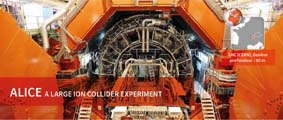 | 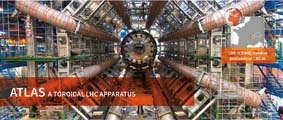 |
 | 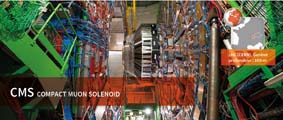 |
 | 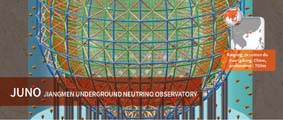 |
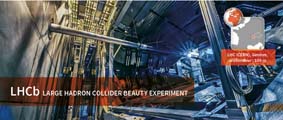 | 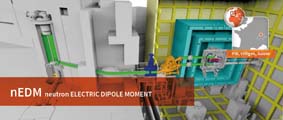 |
 | |
Nuclear physics | |
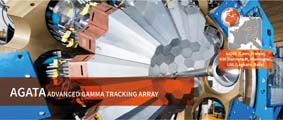 |  |
 |  |
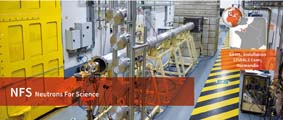 | 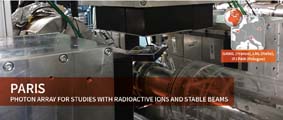 |
 | |
Astroparticles and cosmology | |
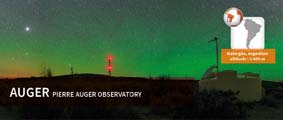 | 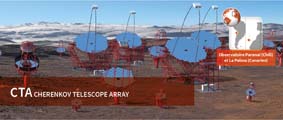 |
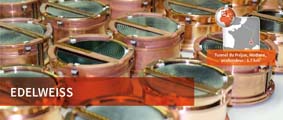 | 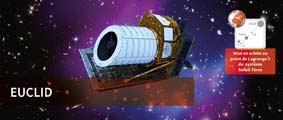 |
 | 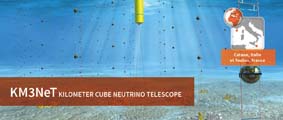 |
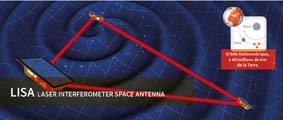 | 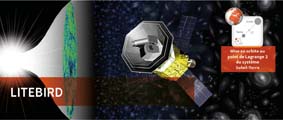 |
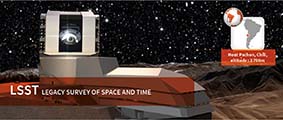 | 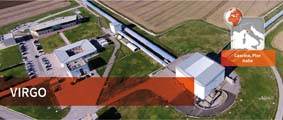 |
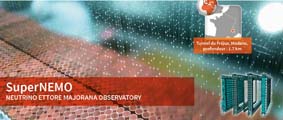 |  |
| |
Computing and data | |
 | |
Accelators, detectors | |
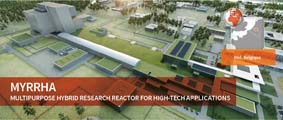 | 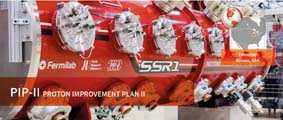 |